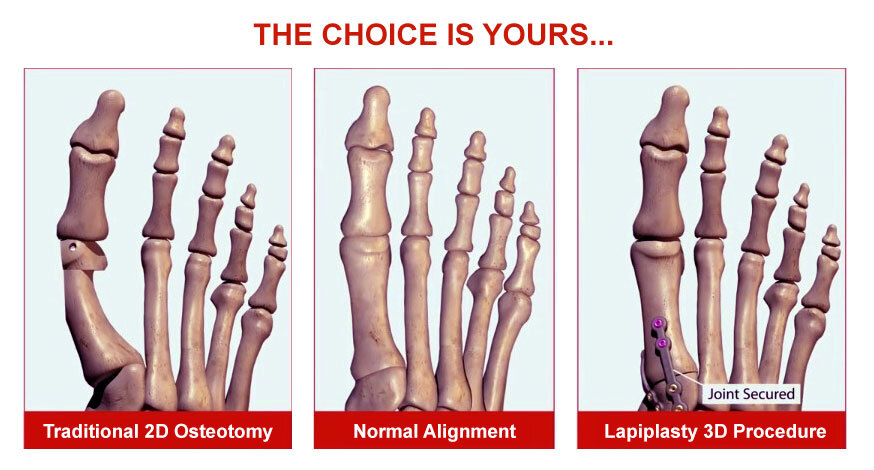- Home
- Advanced Treatments
- Lapiplasty Bunion Surgery
Lapiplasty® 3D Bunion Correction
A bunion is a structural deformity in the foot that causes a bony bump to form at the base of the big toe joint. While there are conservative treatments that can slow the progression of a bunion, surgery is the only way to “fix” the deformity.
Research shows that 33% of patients who have undergone traditional bunion surgery are left dissatisfied. What’s more, 70% of those unsatisfied patients had their painful bunions (hallux valgus) return. With decades of experience, our surgical team is successfully putting an end to this painful condition with Lapiplasty 3D bunion correction.
- What is Lapiplasty?
- How does Lapiplasty work?
- What are the benefits of Lapiplasty bunion correction?
- Why trust UFAI with your Lapiplasty foot surgery?
- What happens prior to Lapiplasty surgery?
- What is Lapiplasty surgery recovery?
- Will lapiplasty surgery change my shoe size?
- Lapidus Bunionectomy vs. Lapiplasty, what’s the difference?
- Can I have Lapiasty after a failed bunion correction procedure?
- When can I drive after Laiplasty surgery?
- Is Lapiplasty surgery covered by insurance?
- What hardware is used during Lapiplasty?
- What happens if I do nothing about my bunion?
- Who's not a candidate for Lapiplasty?
- Are there any risks associated with Lapiplasty surgery?
-
Foot and Ankle Surgeon and Director of University Foot and Ankle Institute
Dr. Bob Baravaria DPM, FACFAS is a Board-Certified Podiatric Foot and Ankle Specialist. He is an assistant clinical professor at the UCLA School of Medicine and serves as Director of University Foot and Ankle Institute.
Dr. Baravarian has been involved in athletics his entire life and played competitive tennis in high school and college. He has an interest in sports medicine, arthritis therapy, and trauma/reconstructive surgery of the foot and ankle. He is also fluent in five languages (English, French, Spanish, Farsi, and Hebrew),
Read From Our Blog: Articles About Bunion Surgery
- The Link Between Foot Health and Posture
- Understanding Tailor's Bunions: Causes, Symptoms, and Solutions
- Bunion surgery gone wrong: what happens when your bunion surgery fails?
- 12 Tips to Prepare Your Home for Bunion Surgery Recovery
- Do Bunion Surgery Techniques Outlive their Usefulness? Yes!
- Non-Surgical Bunion Treatments
- Bunions vs. Big Toe Arthritis, What's the Difference?
- Little Toe Hurts? Four Things to Know About Pinky Toe Pain
- Got Big Toe Bumps and Lumps? Here’s 5 Things You Need to Know
- 16 Myths About Bunion Surgery Debunked!
- Metal Surgical Screws and Pins May Become Thing of the Past
- Finding the Best Bunion Surgeon: What You Need to Know
- 11 Common Foot Lumps and Bumps and What To Do About Them
- How to Choose Good Bunion Shoes (Even High Heels)!
- Beat the 6 Most Common Walking Pains
- The Least Instagram-able Baby Bump Ever: Pregnancy Bunions
 I have been going to see Dr. Saeedi for a few months now at the downtown location to deal with tailor bunion. Without hesitatio...Kevin B.
I have been going to see Dr. Saeedi for a few months now at the downtown location to deal with tailor bunion. Without hesitatio...Kevin B. Overall, it was a great experience. I've been coming to Dr. Kellman for about a year and he and his staff are very helpful.Vanessa W.
Overall, it was a great experience. I've been coming to Dr. Kellman for about a year and he and his staff are very helpful.Vanessa W. ExcellentDebasish M.
ExcellentDebasish M. Everyone was friendly and professional.Victor L.
Everyone was friendly and professional.Victor L. Very efficient and an excellent serviceHorwitz J.
Very efficient and an excellent serviceHorwitz J. Chaos in the office checkin. We weren’t forewarned about the iPad data collection. That made me late for a following appointmen...Carl C.
Chaos in the office checkin. We weren’t forewarned about the iPad data collection. That made me late for a following appointmen...Carl C. Dr. Bob is the most trustworthy Dr. to work on my chronically damaged feet and toes.Helen E.
Dr. Bob is the most trustworthy Dr. to work on my chronically damaged feet and toes.Helen E. Dr Nalbandian is an exceptional doctor and person. The staff respectfully & compently delt with an issue I had regarding a prev...Karen M.
Dr Nalbandian is an exceptional doctor and person. The staff respectfully & compently delt with an issue I had regarding a prev...Karen M. Great care....Been going here for years!Mary B.
Great care....Been going here for years!Mary B. Visiting the office is a pleasurable occurance.Thomas J.
Visiting the office is a pleasurable occurance.Thomas J. Dr Kelman and his staff are always wonderfully caring and respectful to my father who has Alzheimer's dementia.Erland E.
Dr Kelman and his staff are always wonderfully caring and respectful to my father who has Alzheimer's dementia.Erland E. Thank you for being there for your patients.Dieter B.
Thank you for being there for your patients.Dieter B.
-
 Listen Now
Finding the Best Bunion Surgeon: What You Need to Know
Read More
Listen Now
Finding the Best Bunion Surgeon: What You Need to Know
Read More
-
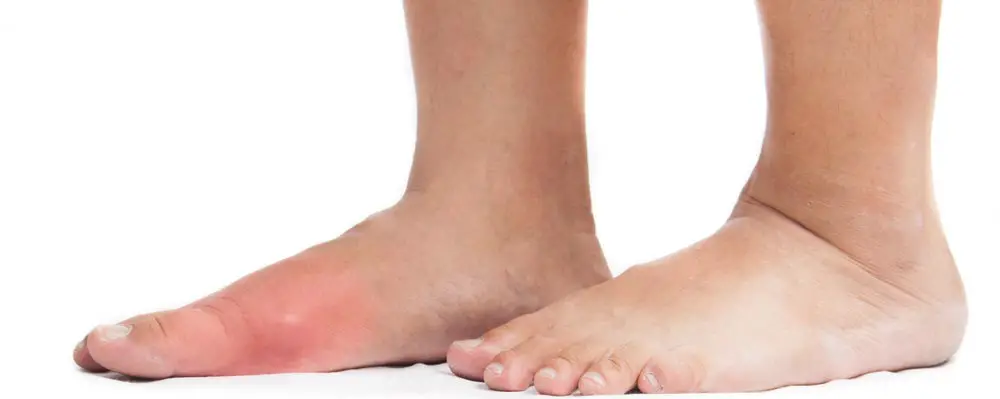 Listen Now
Got Big Toe Bumps and Lumps? Here’s 5 Things You Need to Know
Read More
Listen Now
Got Big Toe Bumps and Lumps? Here’s 5 Things You Need to Know
Read More
-
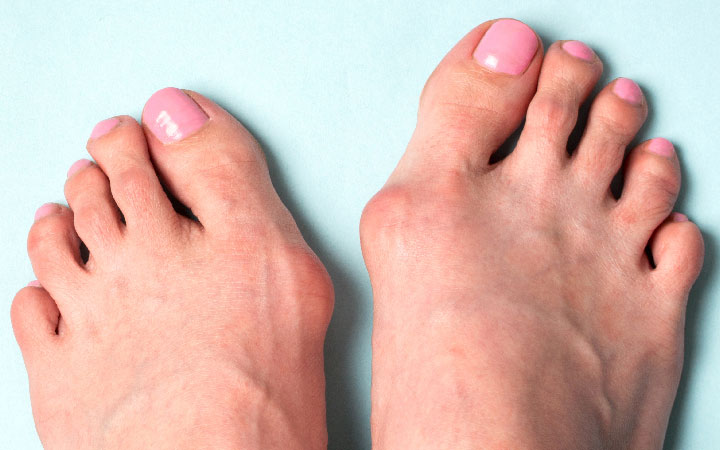 Listen Now
Non-Surgical Bunion Treatments
Read More
Listen Now
Non-Surgical Bunion Treatments
Read More
-
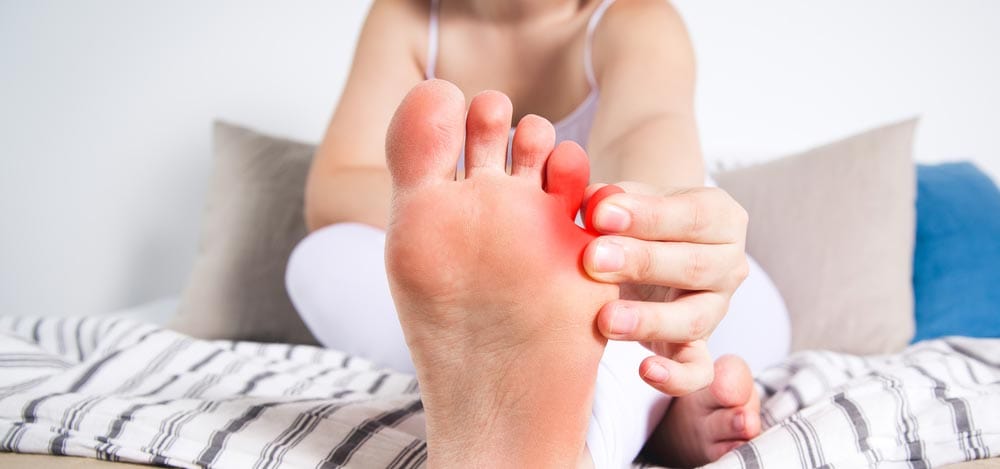 Listen Now
Little Toe Hurts? Four Things to Know About Pinky Toe Pain
Read More
Listen Now
Little Toe Hurts? Four Things to Know About Pinky Toe Pain
Read More
-
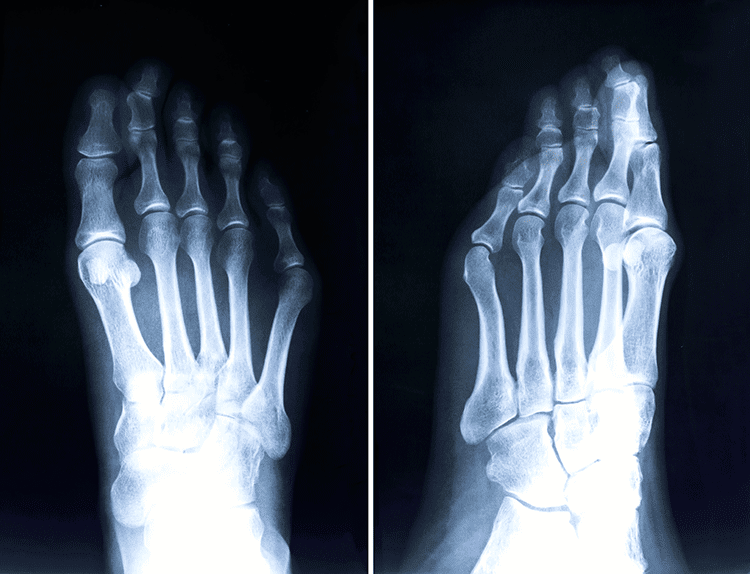 Understanding Tailor's Bunions: Causes, Symptoms, and Solutions
Read More
Understanding Tailor's Bunions: Causes, Symptoms, and Solutions
Read More
-
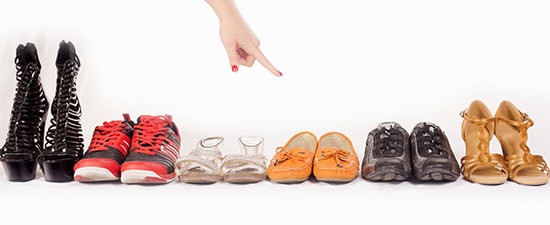 Listen Now
How to Choose Good Bunion Shoes (Even High Heels)!
Read More
Listen Now
How to Choose Good Bunion Shoes (Even High Heels)!
Read More
-
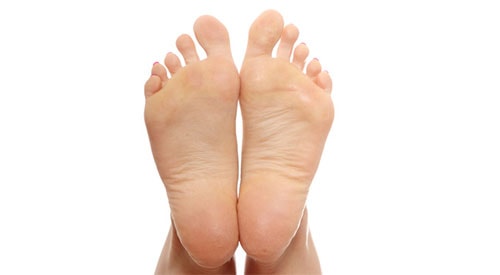 Listen Now
Bunions vs. Big Toe Arthritis, What's the Difference?
Read More
Listen Now
Bunions vs. Big Toe Arthritis, What's the Difference?
Read More
-
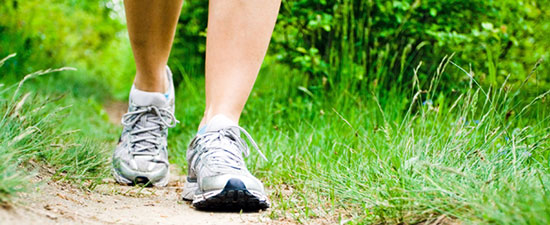 Listen Now
Beat the 6 Most Common Walking Pains
Read More
Listen Now
Beat the 6 Most Common Walking Pains
Read More
-
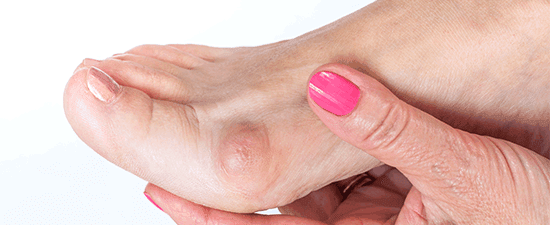 Listen Now
11 Common Foot Lumps and Bumps and What To Do About Them
Read More
Listen Now
11 Common Foot Lumps and Bumps and What To Do About Them
Read More
-
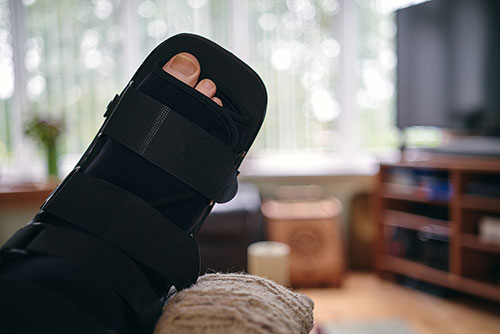 Listen Now
12 Tips to Prepare Your Home for Bunion Surgery Recovery
Read More
Listen Now
12 Tips to Prepare Your Home for Bunion Surgery Recovery
Read More
-
 Listen Now
The Link Between Foot Health and Posture
Read More
Listen Now
The Link Between Foot Health and Posture
Read More
-
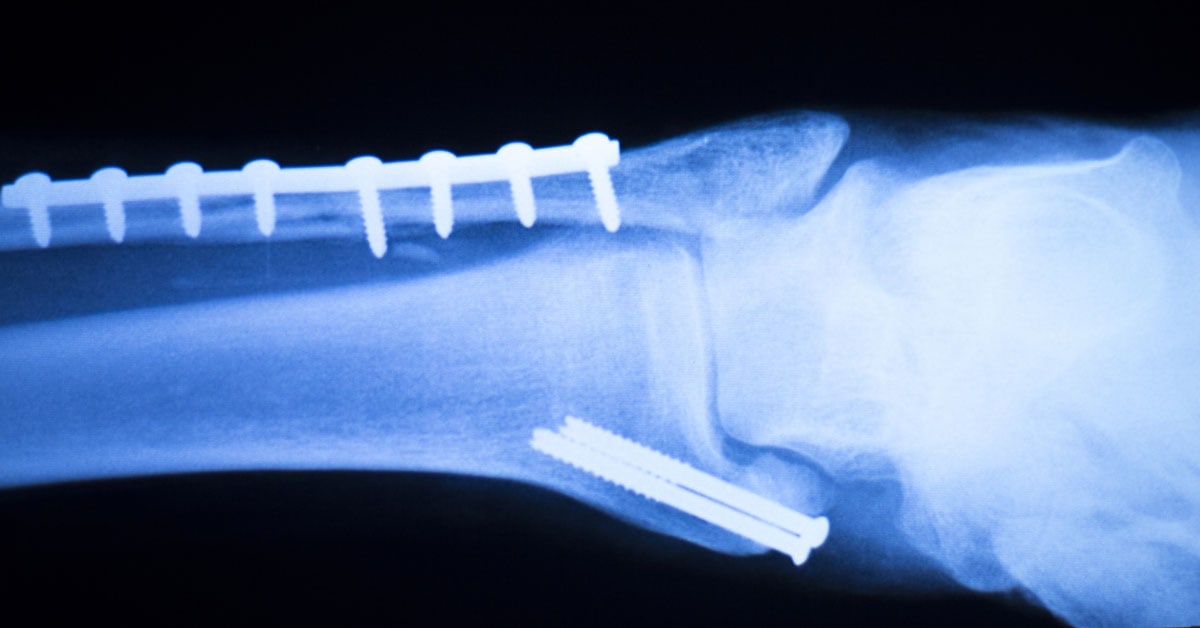 Listen Now
Metal Surgical Screws and Pins May Become Thing of the Past
Read More
Listen Now
Metal Surgical Screws and Pins May Become Thing of the Past
Read More
-
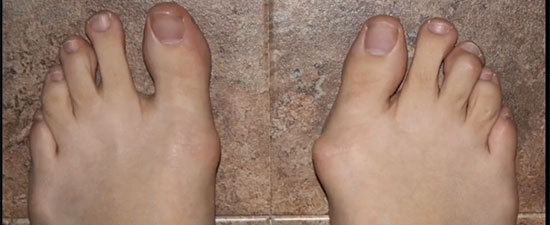 Listen Now
16 Myths About Bunion Surgery Debunked!
Read More
Listen Now
16 Myths About Bunion Surgery Debunked!
Read More
-
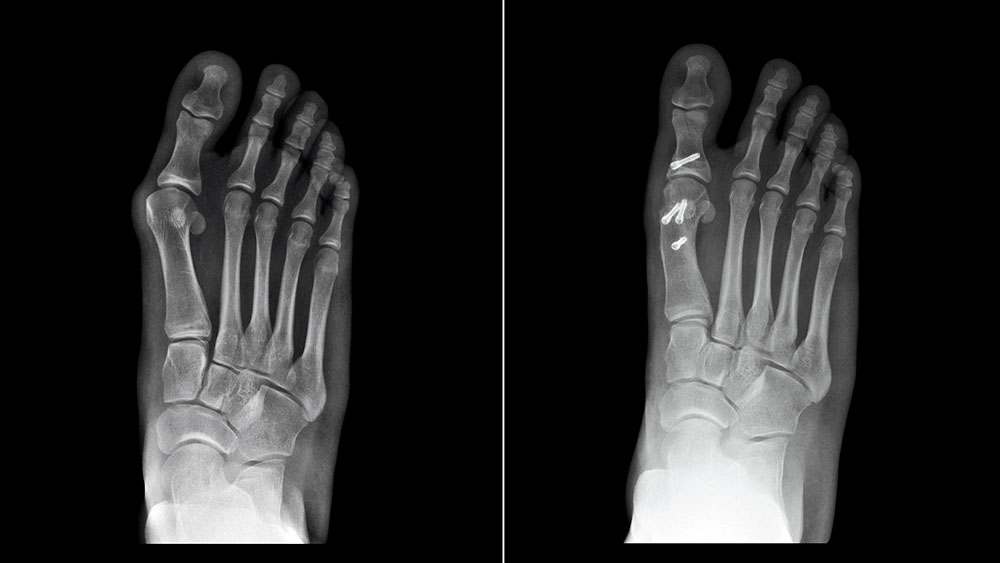 Listen Now
Do Bunion Surgery Techniques Outlive their Usefulness? Yes!
Read More
Listen Now
Do Bunion Surgery Techniques Outlive their Usefulness? Yes!
Read More
-
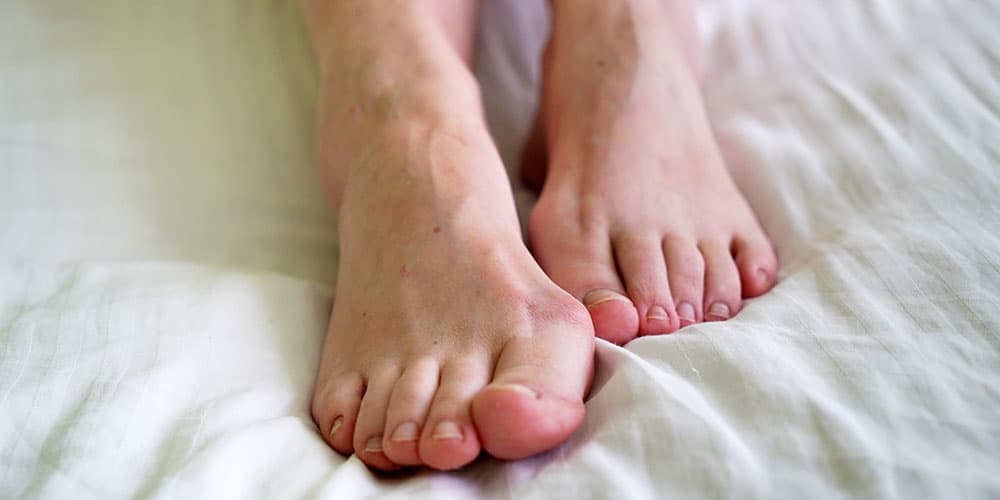 Listen Now
Bunion surgery gone wrong: what happens when your bunion surgery fails?
Read More
Listen Now
Bunion surgery gone wrong: what happens when your bunion surgery fails?
Read More
